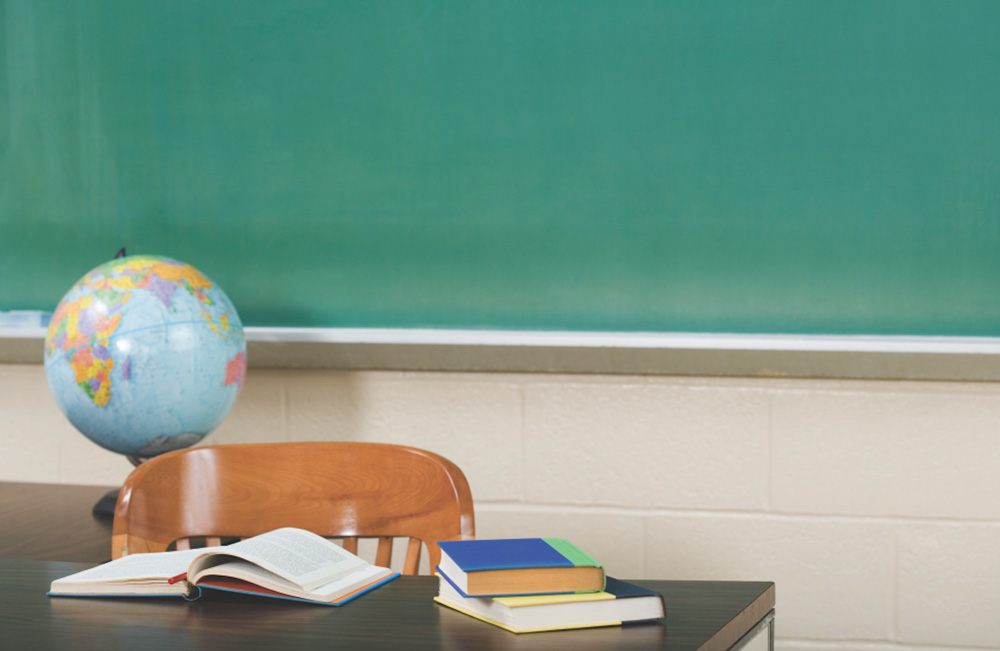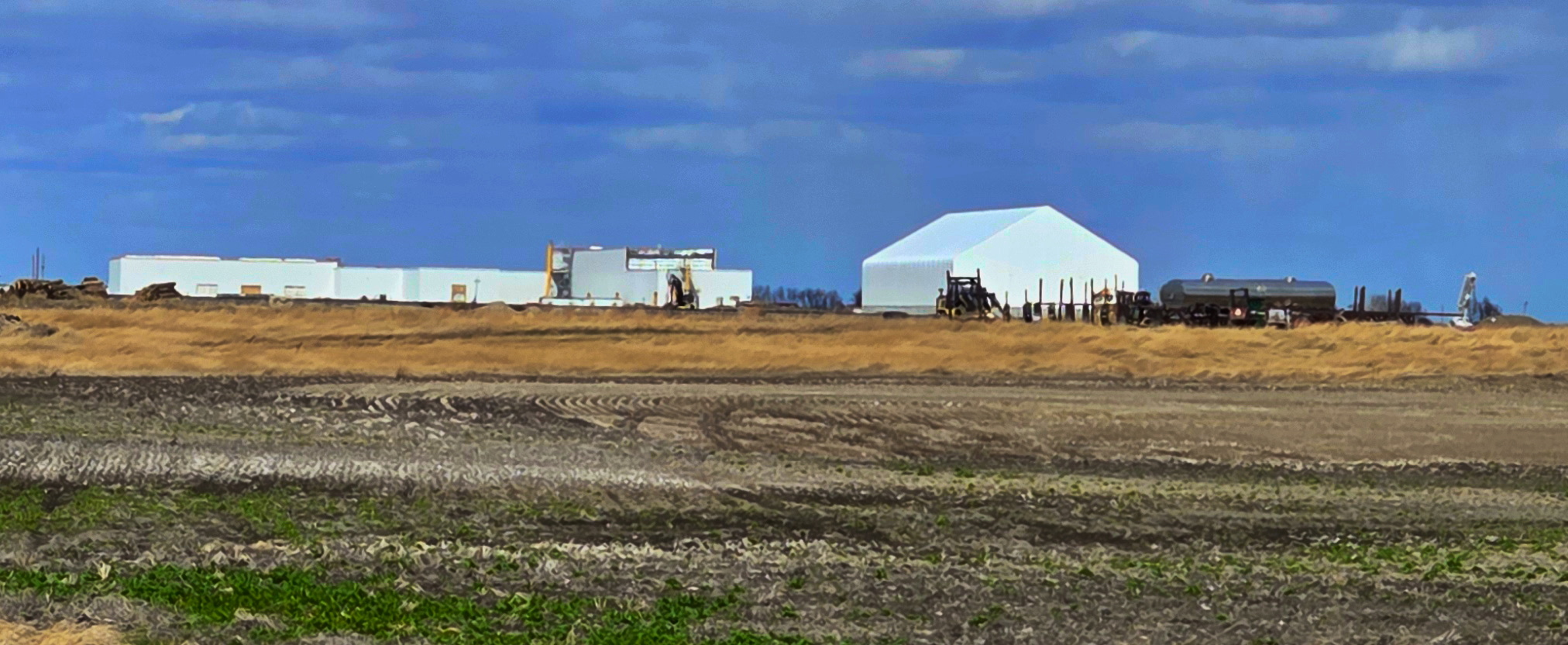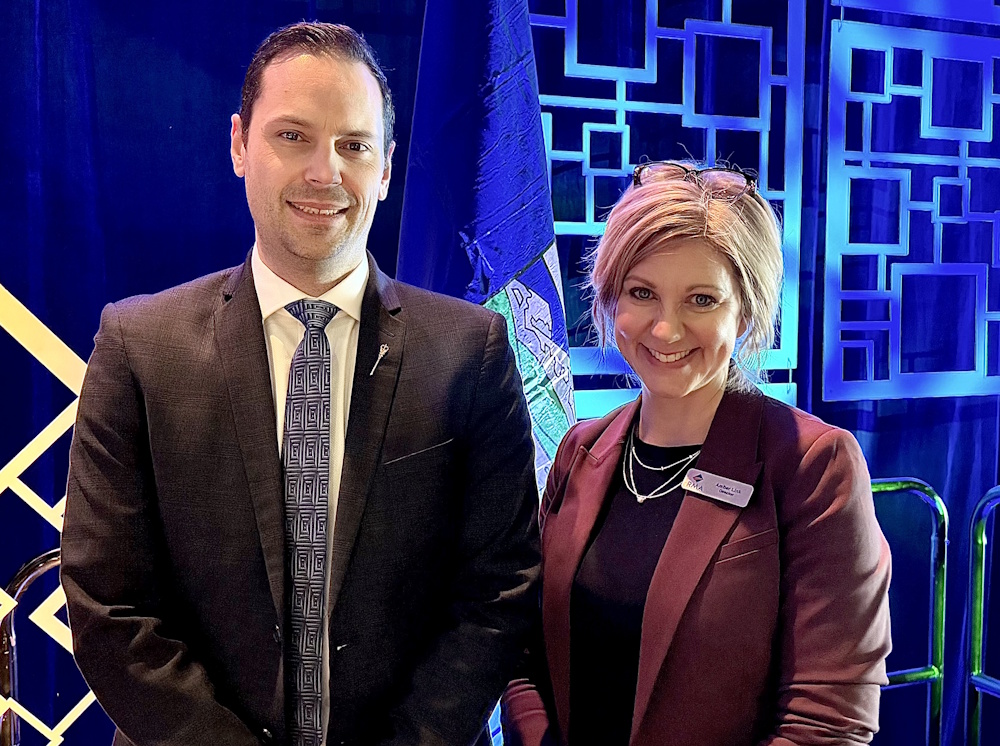The Rocky View Schools (RVS) Board of Trustees approved the 2021/22 annual financial statements and directed Superintendent Greg Luterbach to submit the auditor’s report to Alberta Education, during the Nov. 24 board meeting.
“This is a look in the rear-view mirror, this is about looking back about where the finances finished at the end of August 2022,” Luterbach said. “It’s an important part of ensuring assurance, not only to the government but to our public.”
“The audit ensures as many dollars as possible are going to kids and going to where they are supposed to be going,” Ward 6 RVS Trustee Fiona Gilbert said. “That’s a challenge we all have, when 96 per cent of the dollars we receive are coming from the government, and they often have rules for what it’s supposed to be used for, and controls to ensure it’s going to the places it’s supposed to be going to.”
RVS Director of Finance, Steve Thomas, explained to trustees that RVS had a successful year after receiving a successful financial audit.
“This year was the second full year of the new funding model. With that, came some uniqueness that we’re still dealing with in terms of it being implemented,” Thomas said.
During the first year of the new funding model, RVS had a year-end adjustment of about $7.2 million that was deferred from the 2021/22 school year, providing additional funding.
“While we recognize $7.2 million at the beginning of the year, at the end of the year we had another $2.4 million that was deferred into the 2022/23 year,” Thomas said.
RVS also received additional funding of nearly $2 million from the provincial government for the learning disruption program, adding extra revenue, staffing, and expenses.
“From a pandemic standpoint, we’re still dealing with the effects of the pandemic, even though we are back somewhat to operating normally,” Thomas said.
In the 2021/22 budget, RVS allocated $5.8 million for pandemic initiatives, and spent about $4.3 million, with about $700,000 being used to provide more mental health support in schools.
“We did save and didn’t spend as much on cleaning and supplies throughout the schools, as things started to relax and get back to normal,” Thomas said.
During 2021/22 RVS spent more than $1 million on substitute teacher costs, $600,000 more than what was originally budgeted for.
“We did see more leaves, and absences during the year than anticipated,” Thomas said.
As a result of the pandemic, RVS budgeted $1.2 million for the online schooling programs, however, only used around $800,000, carrying forward the additional funding for the 2022/23 school year.
“Overall, in the spring when we set the budget, we had anticipated a $10.5 million deficit with the expectation that we were going to reduce our operating reserves. We ended the year with a deficit of $9.3 million,” Thomas said.
The financial statements indicated that RVS’ high-level operating reserves are around $13.3 million, school generate fund reserves are around $3.4 million, and capital reserves are around $3.8 million.
“It was up and down, but at the end of the day, we got really close to hitting our target of bringing our operating reserves down to that $13 million level,” Thomas said.
The RVS financial assets, including cash, accounts receivable and investments are at $52.2 million, after a $13 million reduction. The reduction was the result of the $9.3 million operating deficit that was incurred during the year, the RVS financial team explained.
As of August, the total net assets, including investments in tangible capital assets, operating cash reserves, and capital cash reserves were sitting at $54.6 million, a $9.3 million decrease from last year.
“The total revenue for the year was $293 million and represented an increase of $8.1 million from last year,” Thomas said. “The total revenue was budgeted to be $3.6 million lower than last year however actual revenues were $11.7 million higher than expected.”
The total government revenue was $282 million, $4.5 million higher than last year. However, RVS budgeted for the government revenue to be $9.3 million lower, due to the one-time federal safe return to class funding of $10.3 million received last year.
The $13.8 million funding increase from the budget is represented by the weighted moving average funding adjustment from last year and the current year representing a net increase of more than $4 million, an additional $1.9 million for learning disruption, an additional $2.8 million for masks and COVID-19 test kits, and an additional $4.5 million for operation and maintenance.
Additional fees, sales, services, donations, and investments totalled $11 million, $3.6 million higher than last year, but lower than the budgeted increase of $5.8 million.
As a result, the $2.2 million decrease in revenue from the budget is represented by school-generated funds being lower than expected an increase in option course fees, donations, and investment income, and an increase in operation and maintenance revenues due to unbudgeted insurance claim and cash-in-lieu revenues.
“From administrations point of view, we have a reserve spending requirement coming from the government. Our reserves were appropriate previously, but the government has said they need it to be lower, so we’re on that path,” Luterbach said. “Last year we asked trustees to spend more money in the middle of the year, and you supported that, and saw a number of good projects happen. That targeted spending, investments back into schools, and reserves are all about supporting the students.”









